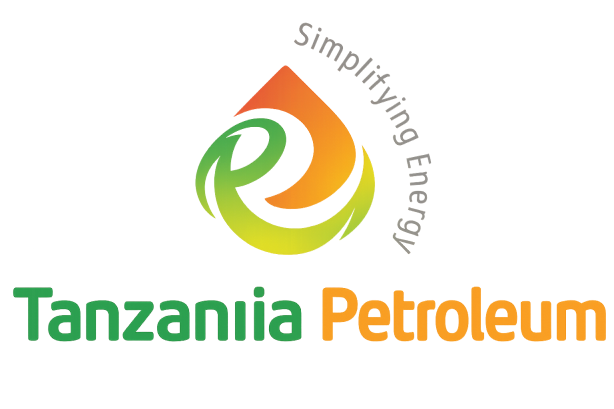As Tanzania continues to strengthen its oil and gas activities and regulatory framework, the country’s energy sector is poised to enter a new phase of exploration and production. This development is expected to significantly enhance national energy output and contribute to economic growth.
Tanzania’s Oil and Gas Reserves: An Overview.
The history of oil and gas exploration in Tanzania is marked by decades of effort and significant discoveries. The country’s journey in this sector has been long and complex, involving various stages of exploration and development.
Oil and gas exploration in Tanzania began in 1952, with initial efforts focused on onshore areas. The first natural gas discovery occurred at Songo Songo Island in 1974, in the Lindi Region, under Azienda Generali Italiana Petroli (AGIP) in cooperation with the American Oil Company (AMOCO). This was followed by the discovery at Mnazi Bay in 1982 in the Mtwara Region, also under AGIP.
Following an increase in exploration activities, particularly offshore in the Indian Ocean, more natural gas discoveries were made between 2010 and 2012. As of February 2020, the total natural gas discovered in Tanzania stood at 57.54 trillion cubic feet (tcf), ranking the country sixth in Africa after Egypt, Mozambique, Senegal, Algeria, and Nigeria. These proven reserves position Tanzania as a significant player in East Africa’s energy sector.
Status of Natural Gas Production in Tanzania.
Tanzania has made considerable progress in natural gas production. According to the Petroleum Upstream Regulatory Authority (PURA), from March 2021 to March 2025, the country produced a total of 301.33 billion standard cubic feet (bscf) of natural gas.
Of this, 142.35 bscf were produced from the Mnazi Bay block in the Mtwara Region, while 158.98 bscf came from the Songo Songo block in the Lindi Region.
Recent Developments in Tanzania’s Energy Sector.
The Tanzanian energy landscape has witnessed significant developments in recent years.
Offshore Exploration.
Tanzania has announced plans to allocate 26 exploration blocks, including 23 offshore blocks in the Indian Ocean. The government, through PURA, is preparing for the fifth licensing round to promote investment.
World-Class Ntorya Gas Field Project Progress.
Tanzania Petroleum has previously highlighted the significance of this onshore, world-class gas field. According to the latest operational update from Aminex PLC, a joint venture partner with ARA Petroleum, the following key developments were noted:
- An updated Field Development Plan (FDP) has been submitted to TPDC for approval.
- Initial production from Ntorya is forecast at 60 million standard cubic feet per day (mmscf/d), increasing to 140 mmscf/d, and eventually 280 mmscf/d within five years.
- The joint venture partners plan to drill 13 additional wells over the next 10 years.
To put this in perspective, 280 mmscf/d is more than Tanzania’s current total natural gas production, highlighting the field’s vast potential. As the drilling of new wells extends beyond the initial five-year period, the production capacity could grow even further.
The update also mentions a planned revised Competent Person’s Report (CPR) following CH1 drilling and NT1 workover—likely to significantly update previous estimates once again.
A proposed budget of over $41 million has been allocated for the JV partners in 2025, excluding the pipeline, which will be built and financed by TPDC. The wellhead for the CH1 well is now ready for shipment.
Once the Engineering, Procurement, and Construction (EPC) contract for the pipeline from Ntorya to the Madimba gas processing plant is awarded, the drilling schedule will be announced. This pipeline is critical to moving the project forward.
Mnazi Bay Drilling Project.
After a decade of successful operations, Maurel & Prom is preparing to launch a $80 million, three-well drilling campaign at Mnazi Bay in 2025. Two wells (MB5 and MS2) will be production (infill) wells, while one (Kasa) will be an exploration well. These three wells are expected to produce a combined 30 mmscf/d.
LNG Project Development.
The government is working closely with international oil companies on a $42 billion liquefied natural gas (LNG) project in the Lindi Region. This project aims to monetize major deep-sea gas discoveries in Blocks 1, 2, and 4 and position Tanzania as a key LNG exporter.
Although the project is awaiting a final investment decision (FID), the Tanzanian government and joint venture partners appear to be collaborating effectively to ensure timely delivery.
Local Content Requirements.
Tanzania has implemented robust local content policies to maximize national participation in the oil and gas sector. According to PURA:
- Tanzanian employment participation has reached an average of 85%, up from under 50% in previous years.
- Procurement of local goods and services stands at an average of 60%, a significant increase from less than 40% previously.
Conclusion: Tanzania’s Energy Future.
Tanzania stands at a pivotal moment in its energy development journey. With substantial natural gas reserves, a strategic location, and an increasingly favorable regulatory environment, the country is well-positioned to become a major player in the global energy market.
Successful development of these resources could transform the economy, generate thousands of jobs, and establish the foundation for long-term industrial growth.
For investors, energy companies, and service providers, Tanzania offers compelling opportunities across the oil and gas value chain—from exploration and production to infrastructure development and downstream applications.









